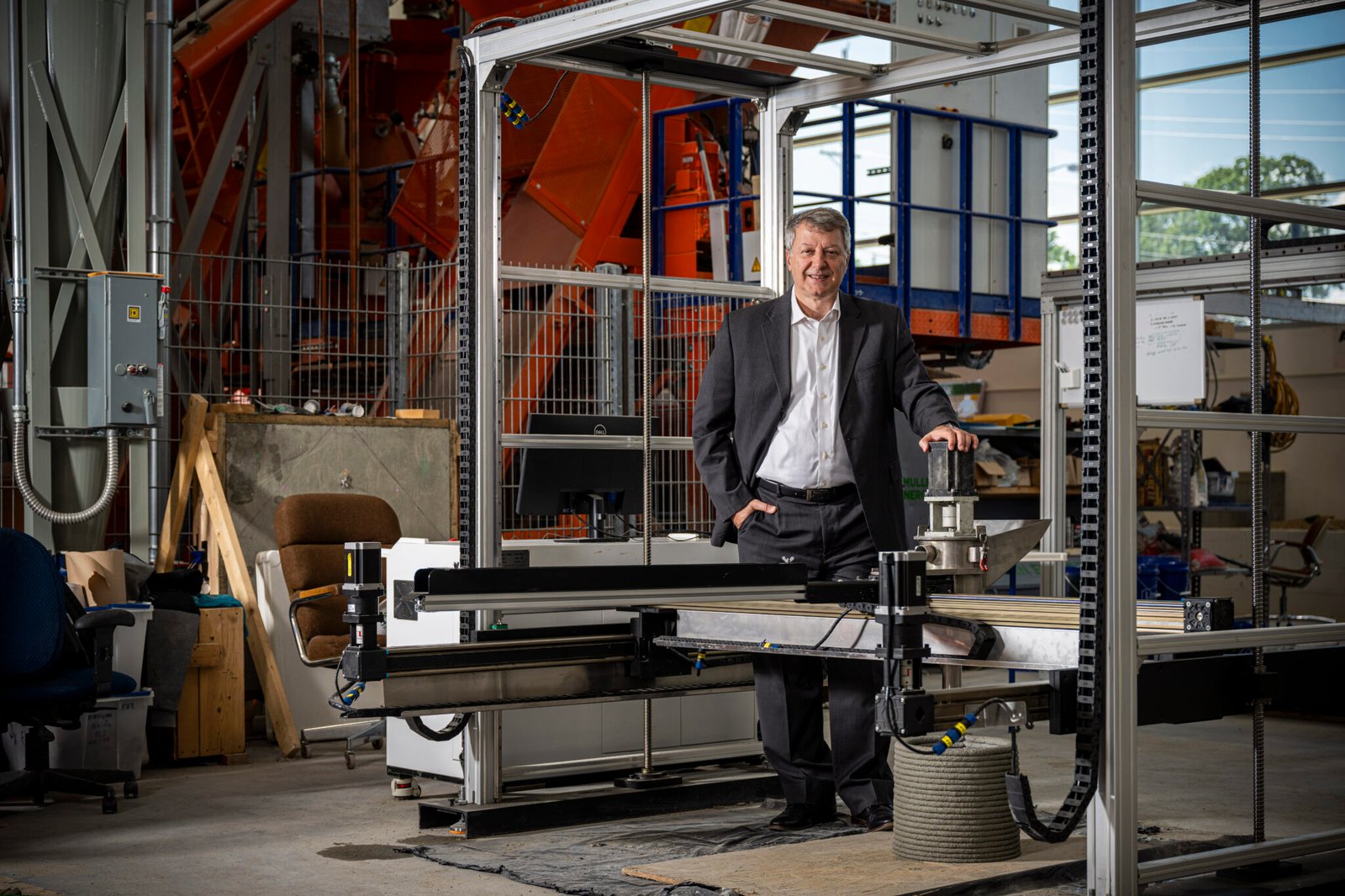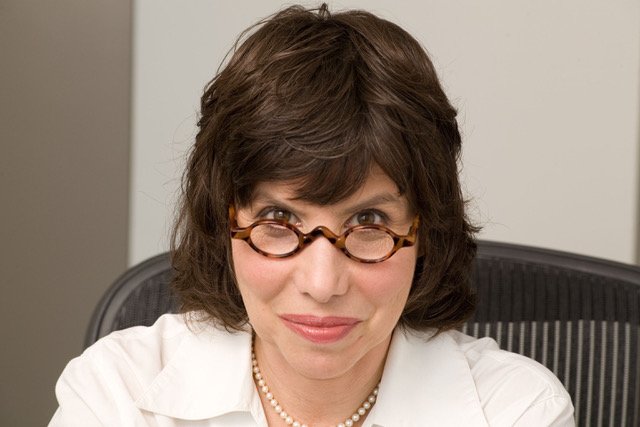S&T awarded $1.4 million from Military Corps to develop AI-based program for 3D printing concrete

A Missouri S&T analysis staff led by Dr. Kamal Khayat has been awarded $1.4 million from the U.S. Military Corps of Engineers to develop a synthetic intelligence program that may decide the most effective locally-available supplies for 3D-printed concrete.
This expertise will enable the Military Corps to extra shortly 3D print concrete buildings with out counting on the supply of huge quantities of building supplies.
“By harnessing the facility of AI, our analysis staff goals to streamline the method of fabric choice, making certain optimum efficiency and cost-effectiveness,” says Khayat, S&T’s vice chancellor for analysis and innovation. “The AI program will consider a variety of locally-available supplies in numerous areas and establish probably the most acceptable mixtures for 3D printing concrete.
“It will improve the effectivity of the development course of, enhance troop security, pave the best way for extra sustainable practices and assist expedite humanitarian help missions.”
Khayat additionally serves as S&T’s Vernon and Maralee Jones Professor of Civil Engineering and was listed as a prime researcher in his area in an evaluation by Stanford College. For this interdisciplinary mission, he’s main researchers with experience in supplies science and engineering, civil engineering, and pc science.
All the pieces from non permanent bridges and barracks to guardhouses and protection obstacles might doubtlessly be created with this program.
The staff’s aim is to have 50% or extra of the supplies be indigenous, or native, to exchange conventional cement supplies. The supplies shall be examined to find out how simply they are often pumped, extruded and used for building.
Potential supplies will come from pure minerals, industrial byproducts and agricultural waste, which might embrace sources reminiscent of rice husk ash, palm oil gasoline ash, floor dolomite and floor glass. Khayat says that utilizing these supplies might additionally doubtlessly enhance native sustainability and supply an financial profit for the native areas.
Khayat’s staff may also contemplate quite a lot of fibers to strengthen the 3D-printed buildings. Some metallic and artificial structural fibers shall be examined, however so will extra unconventional fibers derived from vegetation and recycled supplies, reminiscent of bamboo, coconut, glass, hemp, cellulose and rubber.
“This shall be a complete mission that may make a major distinction within the mobility of our troops,” Khayat says. “The quantity of provide chain points for supplies shall be enormously decreased, as will the development prices. Missouri S&T is a number one college for researching novel 3D printing of concrete supplies, and we’re proud to reply the federal authorities’s name to assist with this vital work.”
Khayat joined S&T’s school in 2011. He has lengthy been thought of a pioneer within the area of high-performance concrete with tailored concrete rheology, together with self-consolidating concrete. He has received a number of awards for his efforts, together with the Robert E. Philleo Award from the Concrete Analysis Council of the American Concrete Institute Basis and a lifetime achievement award from the Worldwide RILEM Convention on Rheology and Processing of Building Supplies.
About Missouri S&T
Missouri College of Science and Know-how (Missouri S&T) is a STEM-focused analysis college of over 7,000 college students. A part of the four-campus College of Missouri System and situated in Rolla, Missouri, Missouri S&T presents 101 levels in 40 areas of examine and is among the many nation’s prime 10 universities for return on funding, in accordance with Enterprise Insider. For extra details about Missouri S&T, go to www.mst.edu.





